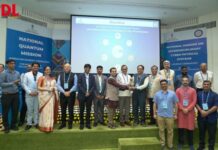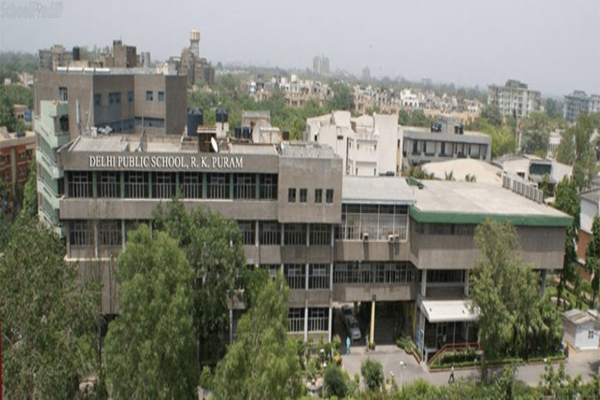Aptech Limited, the global learning solutions major, today announced the launch of a new brand – English Express, an English Learning Academy. The academy offers courses for all levels – from beginner to advanced, through their spacious & well-equipped facilities and the country's finest 'Digital Language Lab' to enable an effective blended learning delivery methodology. Currently, the academy has four centres in Bangalore. Aptech plans to open about 70 English Express centres across the country over the next one year. The academy has collaborated with Cambridge University Press for English Language Teaching (ELT) to provide authorized course material and English Express is also the authorised examination centre for conducting Cambridge ESOL certification examinations. The courses range from General English, Spoken English, Business Communication Skills, preparation for TOEFL & IELTS, English for Professionals, Corporate training and Teachers' training.
Speaking on the initiative, Ninad Karpe, CEO & MD, Aptech Limited, said, 'According to experts, the market for English training is expected to be approximately US$1.4 bn a year. With English Express, we have entered this segment to address the huge Indian market for improving English proficiency.' The academy will have state of the art facilities with excellent infrastructure, Glottophone's digital language lab and internationally trained teachers. There is also a special library to provide studying resources like journals, books, videos, CDs and online material. Aptech is a well diversified Learning Solutions company with two main streams of businesses



















